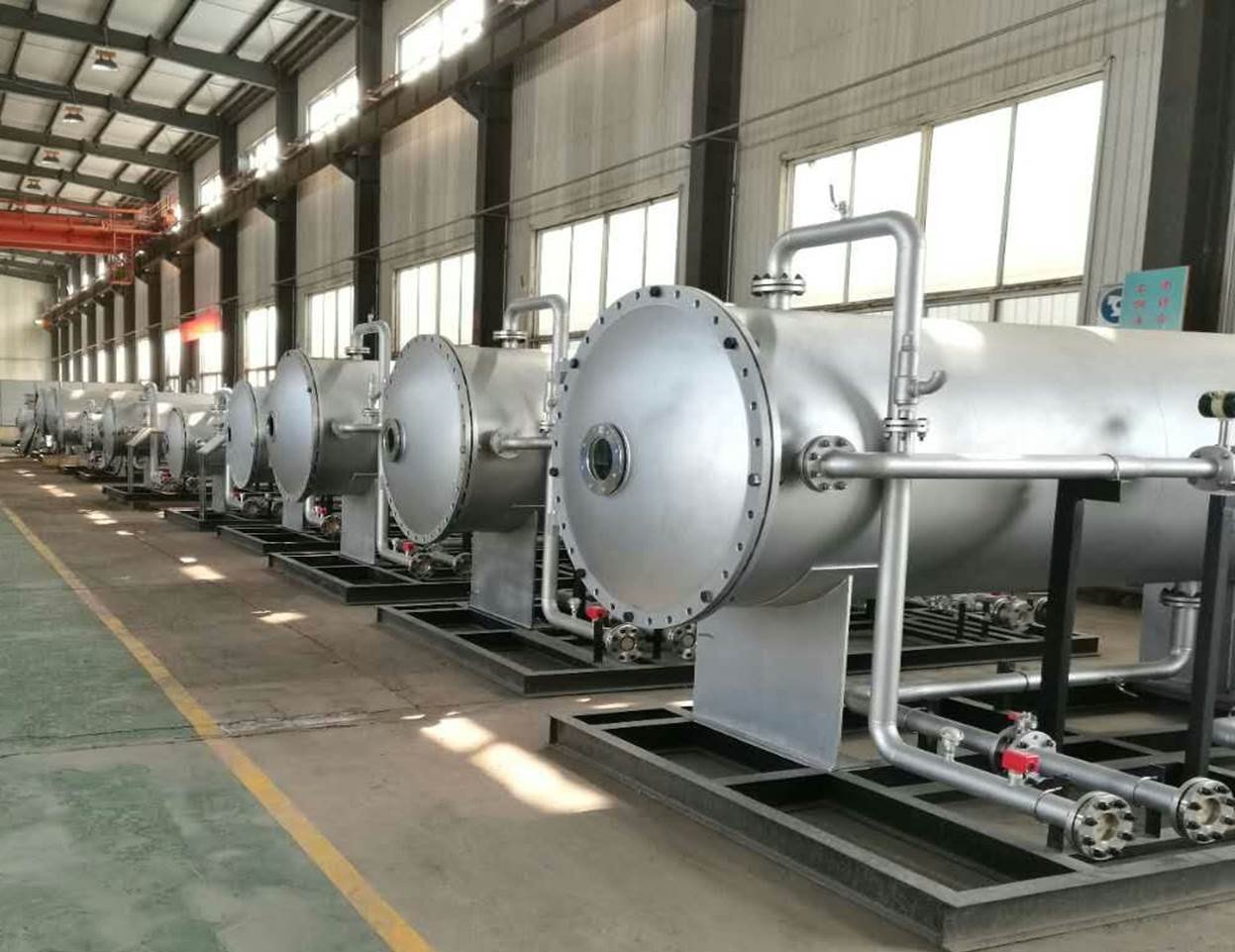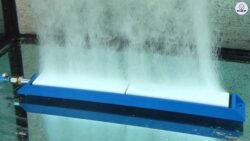
Ozone Bubble Diffuser
The Ozone Bubble Diffuser: Revolutionizing Water Treatment and Aquaculture
Introduction
The pursuit of clean water and efficient aquaculture has led to innovative solutions across various industries. In recent years, the Ozone Bubble Diffuser has emerged as a vital technology for enzymatic and chemical applications in water treatment. This article delves into the workings, advantages, applications, and challenges of ozone bubble diffusers, underscoring their significance in enhancing environmental sustainability and ensuring water quality.
Understanding the Fundamentals of Ozone
What is Ozone?
Ozone (O₃) is a triatomic molecule composed of three oxygen atoms. It is a pale blue gas with a characteristic sharp smell and is a powerful oxidizing agent. Ozone occurs naturally in the atmosphere, particularly in the ozone layer, where it plays a critical role in blocking the majority of the sun’s harmful ultraviolet (UV) radiation.
Ozone Generation
Ozone can be produced through various methods, but the two primary techniques used for water treatment and aquaculture are:
- Corona Discharge Method: This method involves creating a high-voltage electrical discharge that splits oxygen molecules (O₂) in the air, generating ozone.
- Ultraviolet (UV) Light Method: UV light can also be used to split oxygen molecules, generating ozone from the surrounding air.
While the corona discharge method is more prevalent in commercial applications due to its efficiency, both methods play crucial roles in generating ozone for water treatment systems.
The Science Behind Ozone Bubble Diffusers
What is an Ozone Bubble Diffuser?
An ozone bubble diffuser is a specialized device designed to introduce ozone into water. It works by producing tiny bubbles of ozone gas, which rise through the water, allowing efficient contact between the ozone and the water. The small size of the bubbles enhances the surface area for gas exchange, maximizing ozone dissolution and ensuring effective treatment.
How Ozone Bubble Diffusers Work
The operational mechanism of an ozone bubble diffuser can be broken down into several steps:
- Ozone Generation: Ozone is generated using one of the methods mentioned above and piped to the diffuser.
- Bubble Production: The diffuser contains numerous perforations or a porous medium that facilitates the creation of fine bubbles when ozone is introduced into the water.
- Dissolution: As the bubbles rise, they dissolve in the water, effectively increasing the ozone concentration in the treated water.
- Contact Time: The ozone is given time to interact with contaminants or pathogens in the water, promoting oxidation and disinfection.
Types of Ozone Bubble Diffusers
Ozone bubble diffusers can be categorized into several types depending on their design and application:
-
Porous Membrane Diffusers: These diffusers utilize permeable membranes to create fine bubbles. They are commonly used in aquaculture and wastewater treatment because of their high efficiency.
-
Bubble Cap Diffusers: Equipped with cap-like structures that allow ozone to escape in bubble form, these diffusers are effective for larger scale applications.
-
Venturi Diffusers: Using the Venturi effect, this type of diffuser draws ozone into the water stream and produces a turbulent flow, ensuring thorough mixing and rapid dissolution.
- Sonic Diffusers: These diffuser types utilize ultrasonic waves to create micron-sized bubbles, enhancing the dissolution rate of ozone in water.
Advantages of Ozone Bubble Diffusers
1. Enhanced Dissolution Efficiency
Ozone bubble diffusers excel in transferring ozone gas into water effectively. The fine bubbles created by the diffuser have a large surface area relative to their volume, which significantly enhances the gas exchange process. This results in higher ozone concentrations in the water and improved treatment outcomes.
2. Cost-Effectiveness
Despite the initial investment in ozone generation equipment and diffusers, the long-term operational costs can be significantly lower than traditional chemical treatments. Ozone is often more effective for certain applications, reducing the overall need for additional chemicals, and labor to handle and manage them.
3. Environmentally Friendly
Ozone is a powerful oxidant and is regarded as an environmentally safe treatment chemical. When ozone breaks down, it reverts to oxygen, leaving no harmful residues. This makes it a preferable option over traditional chemical disinfectants which can lead to harmful by-products.
4. Broad Spectrum of Action
Ozone is effective in destroying bacteria, viruses, and protozoa, making it a versatile agent for disinfection. Additionally, it can oxidize organic and inorganic compounds, aiding in treatment processes for a wide range of pollutants.
5. Odor and Taste Removal
Ozone is effective in removing unpleasant odors and tastes from water, making it suitable for applications like potable water treatment, food processing, and aquaculture.
6. Improved Water Quality
The use of ozone improves water quality by reducing turbidity, suspended solids, and dissolved organic compounds. This results in clearer, safer water for various applications, including recreational settings, agriculture, and drinking water.
Applications of Ozone Bubble Diffusers
1. Municipal Water Treatment
Ozone bubble diffusers are widely used in municipal water treatment plants to ensure the safety of drinking water. The disinfection properties of ozone effectively eliminate pathogens and reduce organic contaminants, making it a complementary technology to conventional chlorination processes.
2. Wastewater Treatment
In wastewater treatment facilities, ozone bubble diffusers are used to treat effluent. Their ability to oxidize organic matter and disinfect pathogens enhances the efficiency of biological treatment processes and assists in meeting increasingly stringent regulatory standards for discharged water.
3. Aquaculture
In aquaculture, maintaining a healthy environment is critical for fish and shellfish populations. Ozone bubble diffusers help improve water quality by controlling pathogens and reducing organic build-up. This leads to healthier aquatic animals, reduced mortality rates, and better overall production yields.
4. Food and Beverage Processing
The food and beverage industry uses ozone for sanitizing surfaces, equipment, and water. Bubble diffusers allow for efficient ozone dissolution, ensuring that water used for washing and processing is free from contaminants, thus enhancing food safety.
5. Swimming Pools and Spas
Using ozone bubble diffusers in swimming pools and spas increases water sanitation, providing a safer experience for users while reducing reliance on traditional pool chemicals such as chlorine.
6. Industrial Processes
In various industrial applications, ozone is used for oxidizing processes, bleaching, and deodorizing. Ozone bubble diffusers play a vital role in ensuring that water used in these processes is treated effectively, improving product quality and safety.
Challenges and Considerations
Despite the numerous benefits associated with ozone bubble diffusers, some challenges and factors must be considered:
1. Ozone Safety
Though ozone has many benefits, it is also a potent oxidant and can be harmful at high concentrations. Proper safety protocols must be observed to ensure that employees and the surrounding environment are protected from ozone exposure.
2. Equipment Cost and Maintenance
While operational costs are generally lower in the long run, the initial investment in ozone generation and bubble diffuser systems can be significant. Also, regular maintenance is necessary to ensure reliable performance and longevity.
3. Contact Time
While ozone is effective in treating water quickly, sufficient contact time between ozone and contaminants is necessary for complete treatment. Diffuser design and operational strategies must be optimized to maximize contact time and treatment efficiency.
4. Toxic Byproducts
Although ozone decomposes into oxygen, the potential formation of toxic byproducts during the treatment process must be monitored. For example, reactions between ozone and organic compounds can produce bromate, a regulated disinfection byproduct when using ozone in drinking water.
5. Regulatory Compliance
Water quality regulations often dictate the acceptable levels of contaminants in treated water. Organizations must take care to operate ozone bubble diffuser systems in consultation with local water quality regulations to ensure compliance.
6. Monitoring and Control
Real-time monitoring systems should be installed to manage ozone concentrations effectively during treatment processes. Advanced control systems can also optimize ozone dosing, maintain water quality, and minimize the risk of ozone exposure.
Future Prospects of Ozone Bubble Diffusers
Innovations in Technology
As industries and technologies evolve, the methodology behind ozone bubble diffusers is also progressing. Innovations in design and materials can enhance durability, efficiency, and ease of maintenance. Acoustic or ultrasonic devices for bubble formation are being explored, potentially leading to even smaller bubbles and improved dissolution rates.
Integration with Other Treatment Technologies
The future of ozone bubble diffusers may also lie in their integration with other treatment technologies. For example, combining ozone with ultraviolet treatment or advanced oxidation processes can create synergistic effects for water treatment, increasing overall efficacy.
Increasing Demand for Water Purification
With rising global water scarcity and escalating regulations around water quality, demand for efficient and effective water treatment technologies like ozone bubble diffusers is expected to grow. This trend underscores the importance of ozone as a stalwart solution for water purification in both municipal and industrial settings.
Environmental Awareness
The growing awareness around environmental sustainability and reducing the reliance on harmful chemicals will likely drive more industries and municipalities to explore ozone bubble diffusers as a mainstream option for water treatment.
Conclusion
Ozone bubble diffusers represent a crucial advancement in the field of water treatment and aquaculture. Their strong disinfection properties, cost-effectiveness, and environmental safety make them vital components in various industry applications. As technology continues to evolve, and the global demand for clean water grows, the integration of ozone bubble diffusers into water treatment processes will likely expand, promoting sustainability and enhancing water quality across the globe.
The challenges associated with ozone use must be carefully considered and managed to ensure its safe and effective application. Yet, the benefits, such as improved water quality, operational efficiency, and strengthened environmental safeguards, solidify the importance of this remarkable technology. Thus, ozone bubble diffusers will remain pivotal in the ongoing efforts to address one of our most pressing natural resources – clean, safe water.


